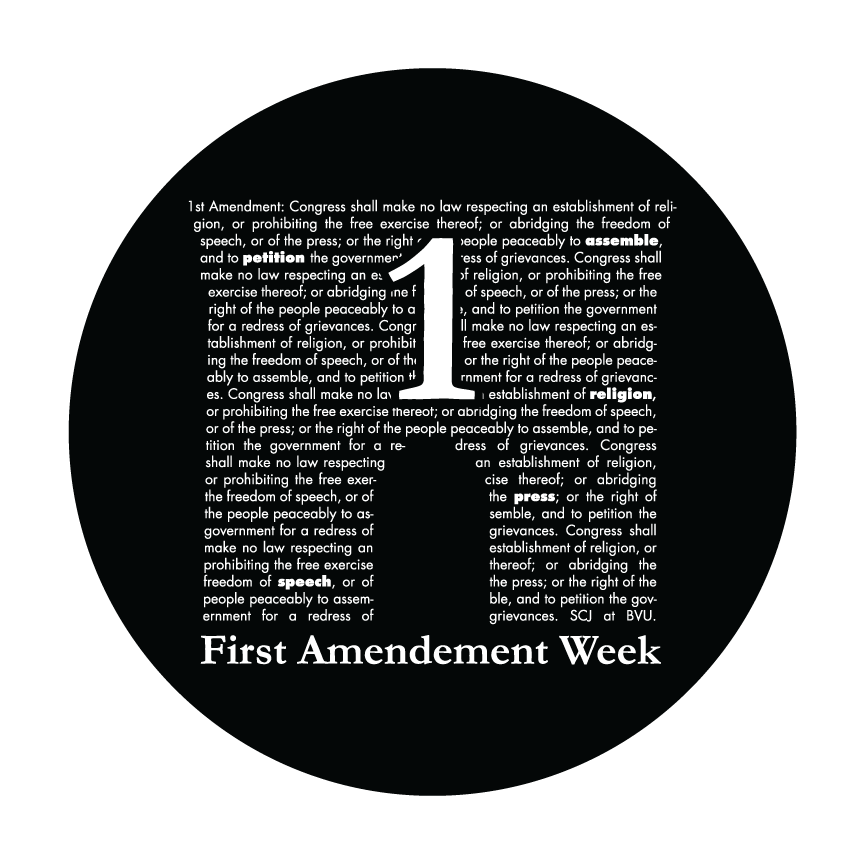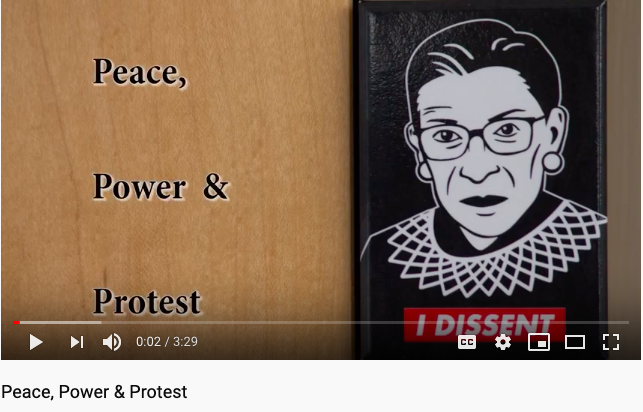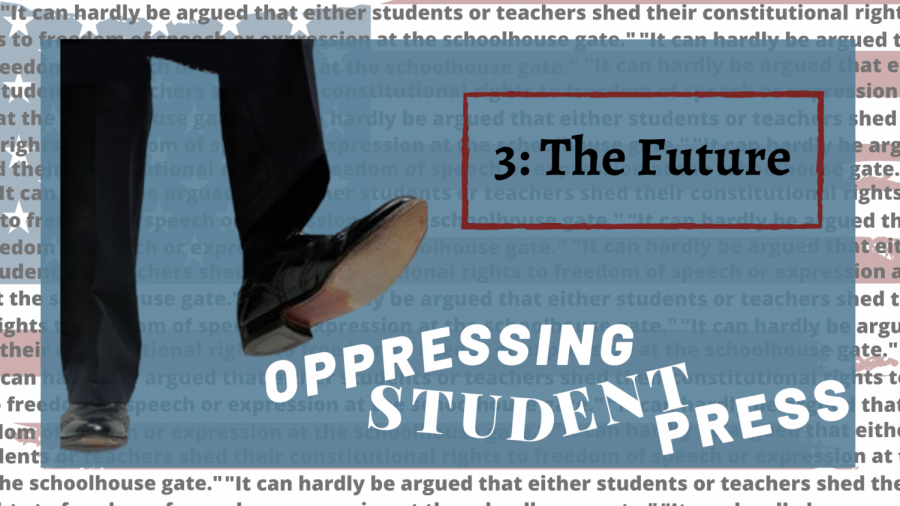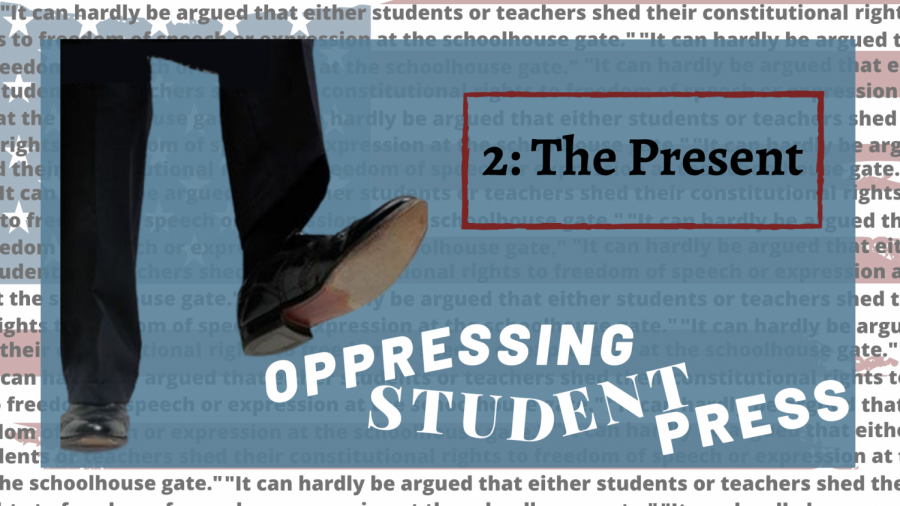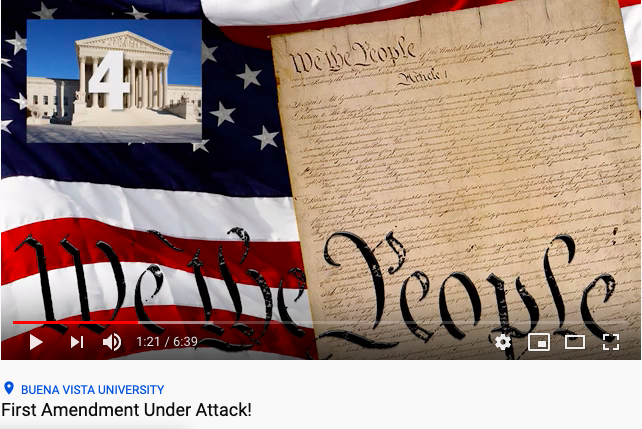Corey Mcconnaughy | Contributing Writer
Multiple events have been held recently to celebrate First Amendment Week. Andrea Frantz’s Legal & Ethical Perspectives class participated in many ways. My focus is on a topic I’m beyond passionate about; something I’ve devoted much time to when homework was absent from my to-do list and when school was out for breaks. Something I had great memories with growing up. Like most video games, there is usually a backstory, and this is mine.
I think it was the late ’90s when I first figured out my family had the original PlayStation system, which was released in North America only 4 months before I was born. The first video games I played were automotive racing games, two of which were installments of the Test Drive and Need for Speed series, which feature a slew of licensed cars and rather intense encounters with in-game police. I was enthralled in their game-play and high-speed thrills, and I think my interest in cars began due to such games. The latter captivated me so much, in fact, that I remember discussing one of my experiences for show-and-tell in kindergarten.
Another franchise I loved to play was SSX, a series of snowboarding games in which the player is tasked with competing in races or “show-off” events and performing as many fantastic stunts as possible. I was genuinely immersed in its impressive mechanics, unique courses, diverse characters, and fascinating development.
I got to explore other genres growing up, such as action-adventure, first- and third-person shooting, and open-world sandbox. I was 14 when I had enough of my own money and my mom’s permission to get a notorious, M-rated game by the name of Grand Theft Auto IV. Two years later, I purchased and played a similar game called Saints Row: The Third. Other than those two titles, there aren’t as many mature games I’ve played.
When discussing M-rated games, it goes without saying that they usually contain strong violence, depictions of blood, vulgar language, sexual content, partial or full nudity, etc. It’s also quite obvious that people–especially parents–very much condemn such descriptors out of fear that said games will change their children’s behavior drastically, some of which may even believe M-rated games to be obscene. Out of curiosity, I formulated questions regarding someone else’s familiarity with the First Amendment, their own definition of obscenity and what they believe would be classified as obscene, their experience with at least one violent or M-rated game, what they think warrants an Adults Only (AO) rating from the Entertainment Software Rating Board (ESRB), and whether or not they believe video game violence should be categorized as obscene. And what better place to go ask such inquiries than the Underground, home of the Anime & Gaming Society? The organization’s co-president and co-founder, Skyler Gorsett, was up for the challenge.
To start, Gorsett is mostly familiar with the First Amendment freedoms, given that he forgot assembly. As for violent and/or obscene games, he recalls playing Bioshock, Dishonored, Outlast, and the third and fourth installments of the Fallout series. Gorsett also believes that ESRB content descriptors like language, violence, and sexual content are the top three aspects of an AO-rated game. When asked to define obscenity in his own words and what would fall under it, Gorsett used Supreme Court Associate Justice Potter Stewart’s famous quote–”I know it when I see it”–and added the “classic” argument over what is considered art and what is considered obscene.
“Obviously, I think blood and gore [are] one of the easiest things to point out and say, ‘that’s a bit obscene,'” said Gorsett.
He was also outspoken with his stance on whether or not video game violence should be classed as obscene. “If [the ESRB] mean obscene in the sense that it should be given that more mature rating, yeah, I would say so. I don’t think that murderers that play violent video games, that’s not the reason they become a murderer necessarily, but I do definitely think that there’s that sense of desensitization that can happen if children play violent video games and they just start thinking of it a lot less, they don’t take scenarios as seriously when it comes to violence. So I think it can be classified as an obscenity or at least should have that more mature rating to it,” said Gorsett.
Afterwards, an epiphany hit me: maybe game violence is obscene. Major Principles of Media Law states that obscenity is “sexual material that gets no First Amendment protection.” So technically speaking, violence could arguably be protected expression, but that’s open for interpretation. As additional evidence, look no further than Brown v. Entertainment Merchants Association (2011). This landmark Supreme Court case was 7 to 2 in favor of the EMA, abrogating a 2005 California state law which prohibited the vending of particular, violent video games to kids without their parents’ knowledge. The Court ordered that video games were secured under the First Amendment’s freedom of speech as other types of media are. The majority opinion was composed by Associate Justice Antonin Scalia and joined by fellow Justices Ruth Bader Ginsburg, Elena Kagan, Anthony Kennedy, and Sonia Sotomayor:
“Like the protected books, plays, and movies that preceded them, video games communicate ideas—and even social messages—through many familiar literary devices (such as characters, dialogue, plot, and music) and through features distinctive to the medium (such as the player’s interaction with the virtual world). That suffices to confer First Amendment protection.”
Ultimately, not only is violence technically okay to feature in video games, but video games of all ESRB content descriptors are safe and sound under the 1A umbrella. As I reflect on my project and what I’ve learned, it feels really comforting to know that my favorite games are protected speech, even if some of them contain violence and/or blood. And with the semester’s end fast approaching, the thought of playing my favorite video games while I’m home for break will be difficult to erase until then.
Graphic by Justice Gage



